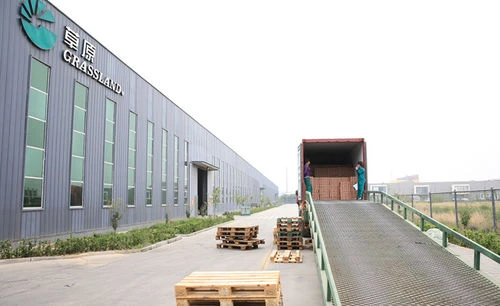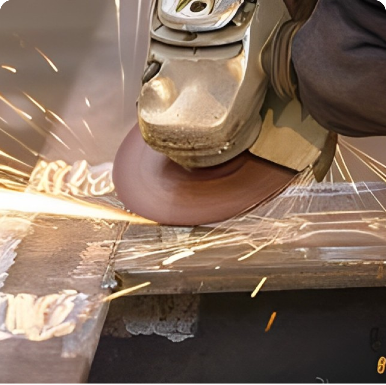

Another vital aspect that professionals must consider is safety. Cutting metal involves inherent risks; thus, selecting a blade with features designed to reduce hazards is crucial. This includes blades that offer reduced kickback or are equipped with laser cut stabilizers to minimize wobble, which can prevent potentially dangerous fluctuations during cutting. Moreover, professionals in the field swear by the practice of routine maintenance to extend the lifespan of their blades. Regular inspection for wear and tear, along with proper cleaning to remove build-up after each use, ensures optimal performance. In addition, storing blades properly to prevent moisture exposure and warping is essential. This meticulous care reflects an authoritative understanding of the tools and nurtures trust in their reliability and effectiveness. Finally, consulting with manufacturers or experts provides insights into the latest innovations in cut-off blade technology. Advanced coatings, for example, have been developed to enhance blade durability and cutting speed. Staying informed about these advancements positions professionals to choose blades that offer enhanced efficiency and effectiveness. In conclusion, the selection and maintenance of a cut-off blade for metal is a complex interplay of material choice, blade dimensions, tool compatibility, and user safety. By considering these aspects closely, professionals not only ensure successful project outcomes but also uphold a culture of precision, efficiency, and trustworthiness, which is essential in the demanding field of metalworking.
Post time:Feb - 11 - 2025

















